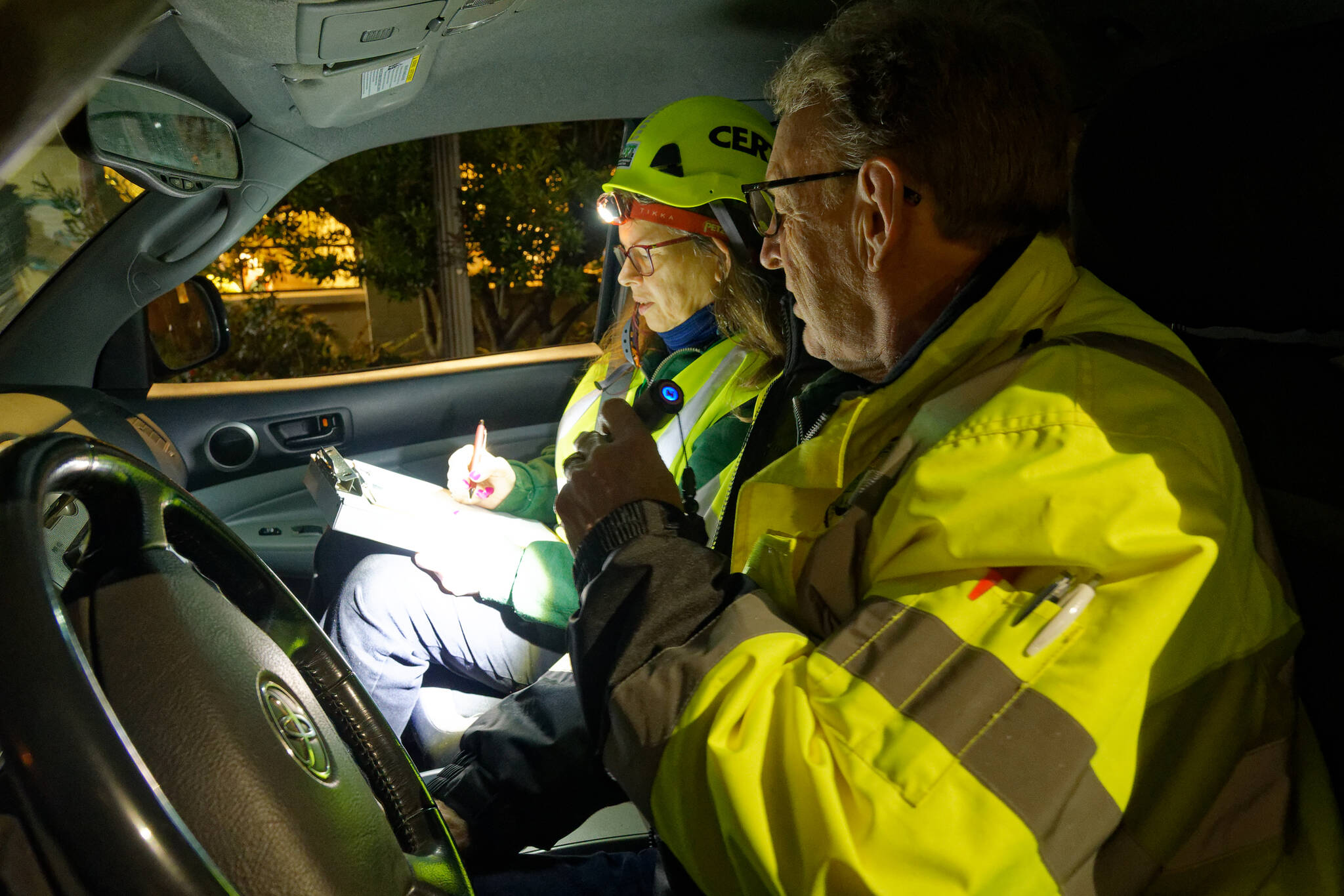With this edition of VashonBePrepared, we begin a series of public health education articles on indoor air quality.
The topic matters more at this time of year; when the weather is cold and wet, we’re likely to spend more time indoors.
The Washington Department of Health (DOH) kicked off 2025 with a Radon Action month.
Radon is a radioactive gas that occurs in nature. You can’t smell or taste it. It can be found pretty much everywhere, but can be bad for you if it builds up to unhealthy levels inside your home or workplace. Radon can seep up from the ground into a basement, crawl space, or inside walls and build up if there is insufficient ventilation.
Exposure to radon can cause lung cancer. According to the U.S. Surgeon General, radon leads the list of cancer causes among nonsmokers. People who smoke and are also exposed to radon have an even greater risk of lung cancer. The U.S. Environmental Protection Agency (EPA) estimates that radon causes 21,000 lung cancer deaths in the U.S. each year.
Because radon is odorless, the only way to know if it’s present at dangerous levels is to test for it. Home radon test kits are easy to use and inexpensive, costing between $10 and $20 at hardware stores and other retail locations.
The likelihood of finding high radon levels inside a home or business depends on the location’s underlying geology, construction details, and degree of ventilation. On Vashon, radon test results are usually low, according to data compiled by Washington Department of Health (DOH) from voluntary test results.
Radon reduction methods aim to prevent radon from concentrating at an unhealthy level in your building.
The most common method of reducing indoor radon involves installation of a vent pipe system with a fan that pulls radon from beneath the house and vents it outdoors. Other radon reduction methods include sealing foundation cracks and other openings.
If you’re building a new home, make sure your contractor includes radon mitigation techniques. After taking steps to reduce radon, retest to make sure the fix is working.
An online search brings up dozens of radon advice resources. Here are a few links to get you started:
Visit tinyurl.com/RadonEPA for an extensive website on radon maintained by the EPA.
Visit tinyurl.com/EPAguideRadon for a 16-page booklet on radon you can download from the EPA.
Visit tinyurl.com/RadonMovie for a radon video and webinar with lots of questions and answers.
Situational awareness: What do we know?
In an emergency, especially in the first hours of a disaster, there’s one overriding question: “What’s happening?”
Especially in a complicated, fast-moving, large emergency, the Incident Commander needs information from the field in order to make decisions about where first responders and other resources should be positioned to be most effective in their work of saving lives and property, and protecting the environment.
In the emergency management world, that information is called situational awareness.
Vashon’s Community Emergency Response Team (CERT) frequently practices traveling assessment routes around the island so they can rapidly update the Incident Commander (our fire chief or designee) at the Emergency Operations Center (EOC) in an emergency. There are currently six routes (five driving, one walking) covering key areas of the island, with 52 primary critical locations and lots more secondary locations.
Prepare in A Year: Home hazard hunt
To cap off your year of preparedness activities, engage your household in a home hazard hunt. Take a stroll around the house while imagining the shaking from an earthquake, and look for things that might fall or break, so you can move or secure them. Here’s a partial list of items to check.
• Is your water heater securely fastened to the wall studs with sturdy metal strapping at the top and bottom? Does it have flexible water and gas connectors?
• Locate each bookcase, cabinet and armoire that needs attaching to the wall. Hardware stores have designated straps for this purpose.
• Move heavy or breakable objects from high shelves to lower shelves, especially if they have sentimental value. Use museum wax to secure them.
• Mirrors, framed artwork, and other heavy hanging objects should be secured to wall studs. Avoid hanging framed pictures over beds even if secured, so they cannot fall on a sleeper during an earthquake.
Visit tinyurl.com/VSH-HazardHunt for the whole list.


